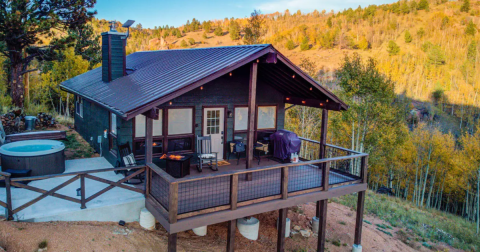These 12 Bugs Found In Colorado Will Send Shivers Down Your Spine
I love everything about Colorado! From the mountains, to the plains, to the Front Range–there is so much to see and do! Okay, wait…maybe I don’t love everything about Colorado. Now that I think about it, I’ve seen some of the creepiest creepy crawlies in both the mountains and on the plains a time or two. Yuck!! Just who are these neighboring pests? Let’s find out together as we explore 12 of the creepiest crawlies in Colorado.
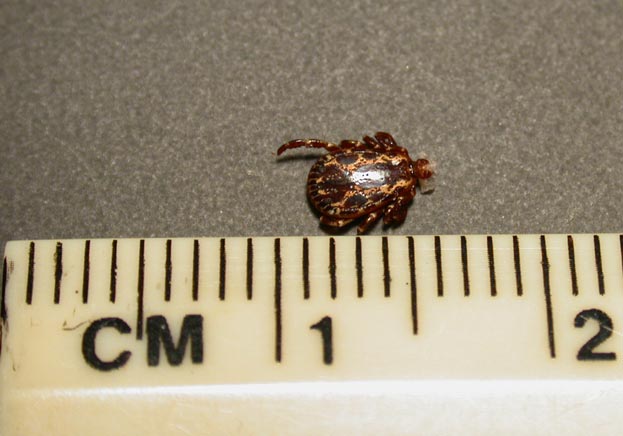
Commonly found in the Rocky Mountains, the Dermacentor variabilis is known for carrying several diseases including Lyme disease, Rocky Mountain spotted fever, and tularemia.
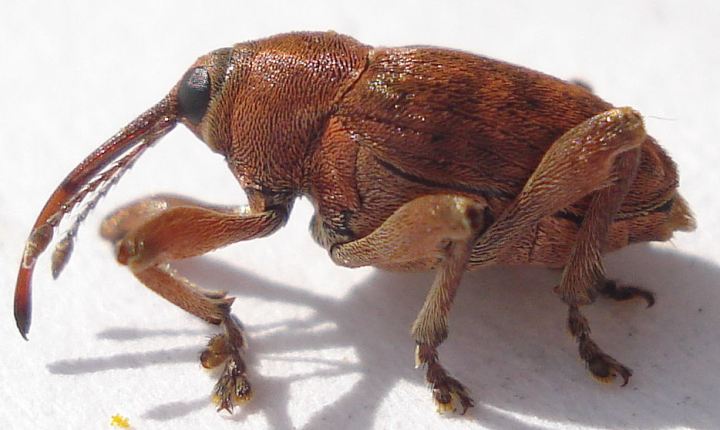
The Curculio glandium is easy to recognize because of its distinct snout, brown body, and rigid underside.
Advertisement
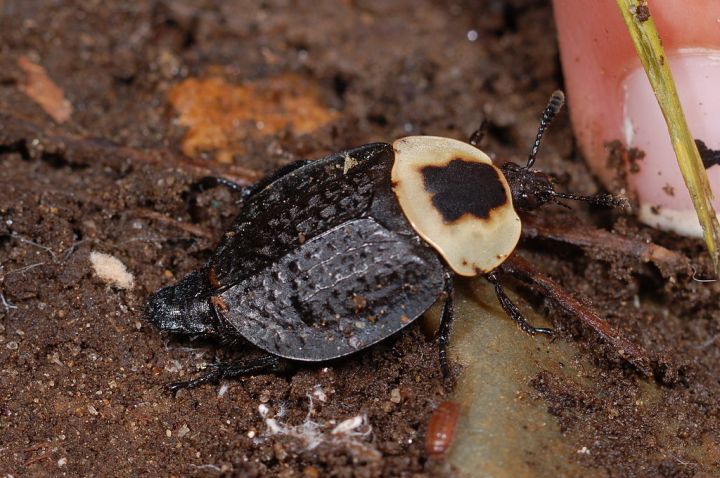
These mountainside residents, formally known as Necrophila americana, lay their eggs inside the rotting flesh of dead and decaying animals.. which the larvae then consume.. *throws up in mouth*
Advertisement
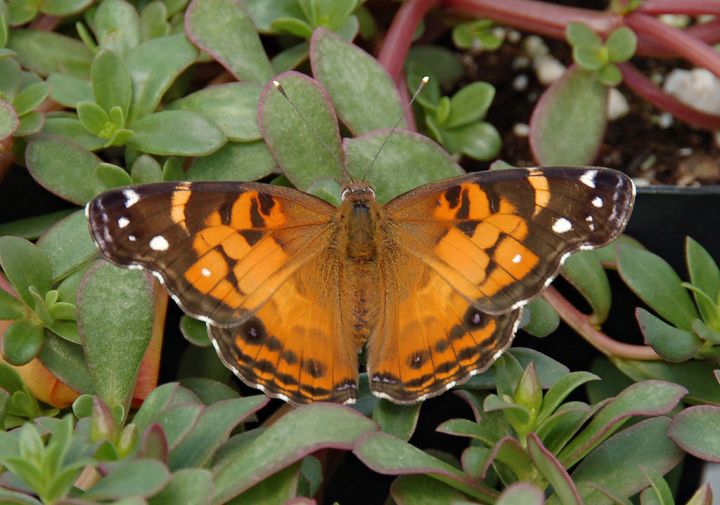
This lovely lady (the Vanessa virginiensis) lives primarily in cool and flowery habitats. You can "bug" us anytime, Ms. Butterfly!
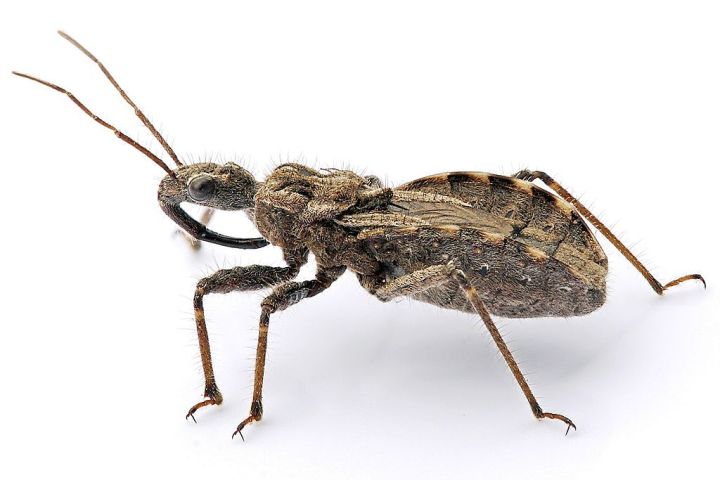
The narrow necked, blood-sucking Reduviidae is a feisty one -- when handled, it may release a painful stab from its snout.
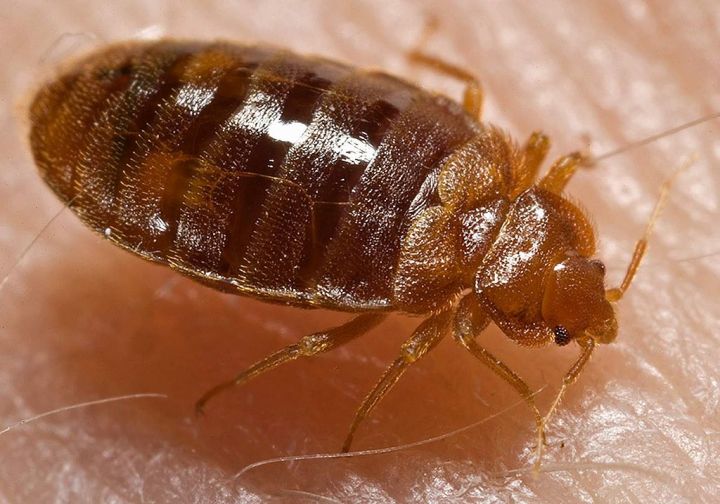
Good night, sleep tight, and don't let the commonly found Cimex lectularius bite!
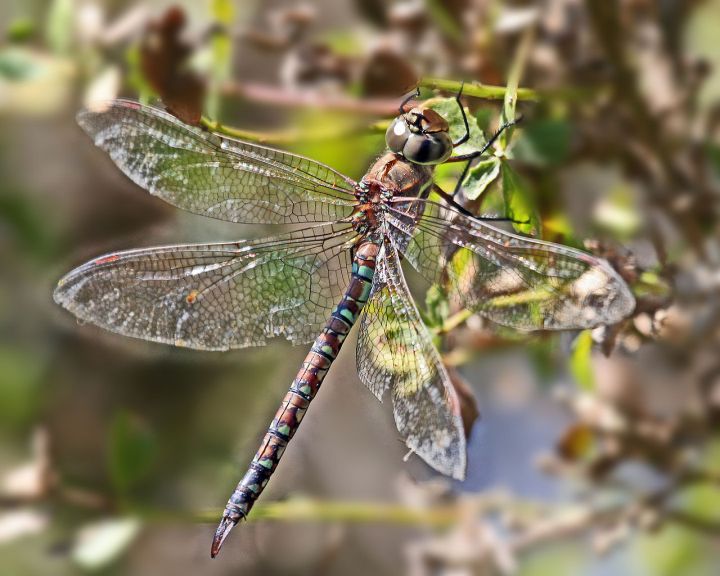
These beautiful Aeshna multicolor not only have piercing blue eyes, but various blue stripes and dots as well.
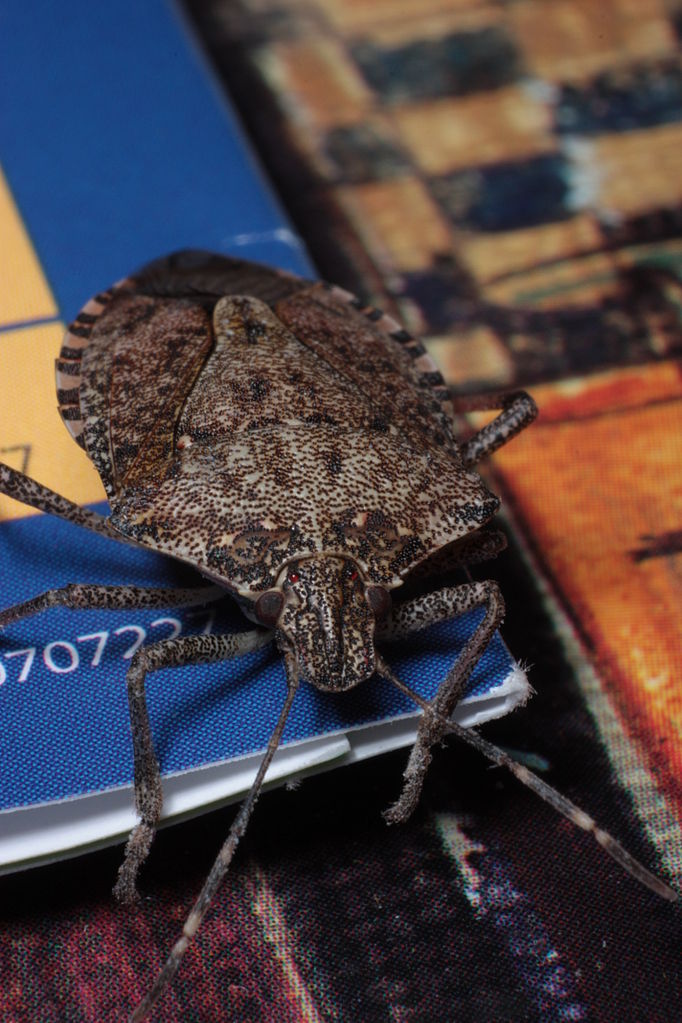
Newer to the Colorado area, the Halyomorpha halys was accidentally introduced to the United States in 1998 after hitching a ride in packing crates from Asia.
Advertisement
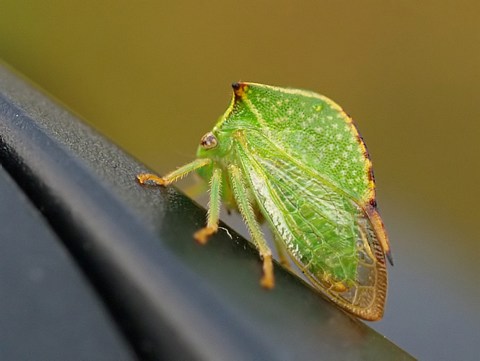
It's not easy being green? The Stictocephala bisonia begs to differ, as it is able camouflage to resemble thorns and twigs.
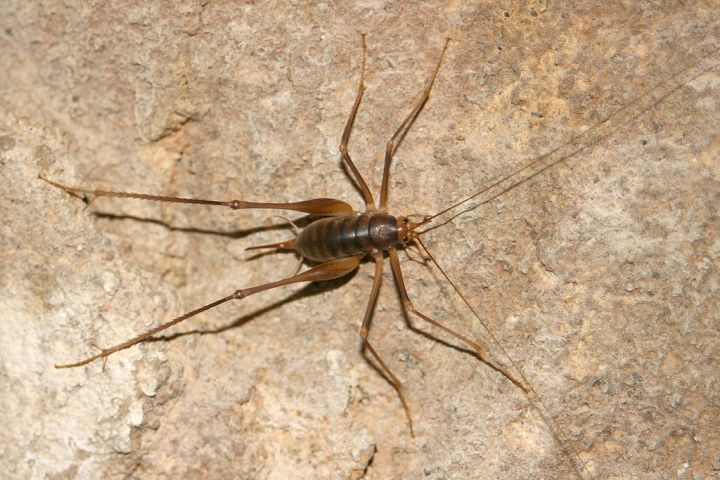
The humpbacked Rhaphidophoridae are commonly found within caves, animal burrows, cellars, under stones, and inside of wood.
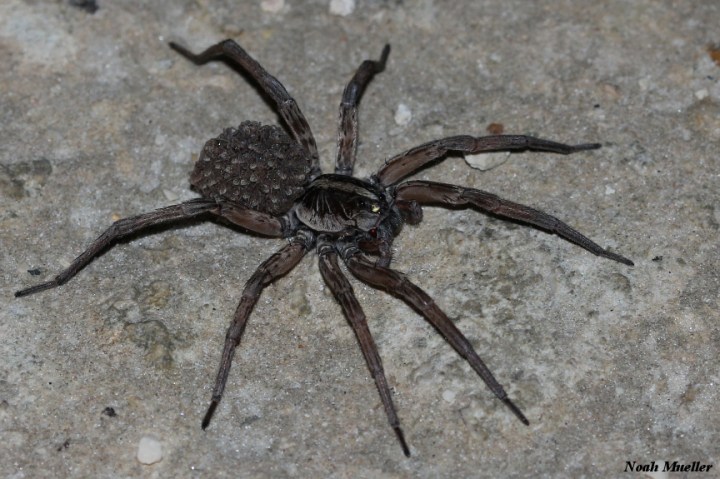
The Hogna carolinensis is the largest wolf spider found in North America, with the body length of males measuring in at 19 mm and females at 25 mm.
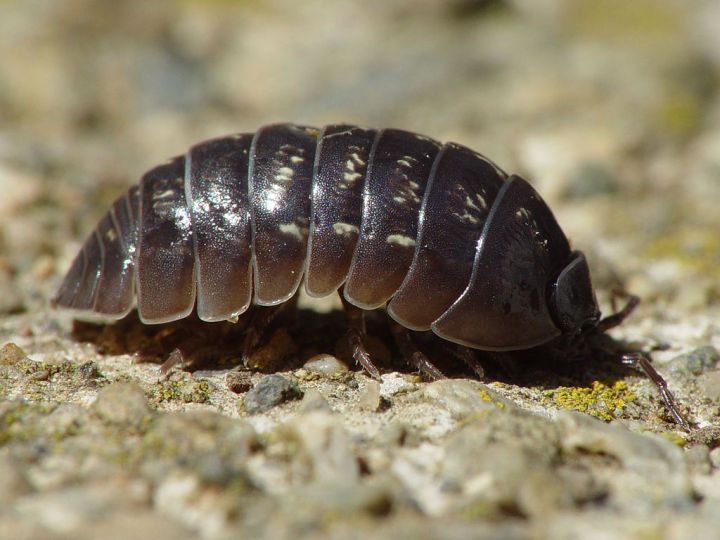
My toddler gets a kick out of Armadillidium vulgare and their ability to roll up in defense.
How much is your skin crawling right now?
OnlyInYourState may earn compensation through affiliate links in this article. As an Amazon Associate, we earn from qualifying purchases.




